
Alder module.Image and content credit: Fernando Agudelo-Silva
- Subject:
- Agriculture
- Biology
- Botany
- Forestry and Agriculture
- Material Type:
- Diagram/Illustration
- Author:
- Emily Fox
- Date Added:
- 08/22/2022

Alder module.Image and content credit: Fernando Agudelo-Silva
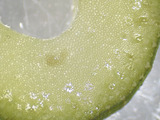
Fennel stem. 17XImage and content credit: Fernando Agudelo-Silva

This list of botanical gardens and arboretums includes links to Web sites which you can search for institutions in your region. In addition, it includes detailed information about 14 of the country's largest botanical gardens and arboretums. Where possible, it includes the following information for each: mailing address and phone number, Web site and email address, details about its grounds and collections, and the type of support offered, including educational materials, resource libraries, and classes/workshops.
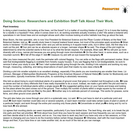
This article, part of Biodiversity Counts, reports on the process of doing a plant inventory. The article discusses how scientists begin by marking out the plot, using colored flagging and permanent marker, why you may need to divide a plot into smaller subplots if the plants you're inventorying are smaller than trees, and some of the difficulties scientists face in the field when they're working in particularly dense areas.

In this Biodiversity Counts article, students learn how to preserve their plant pressings.
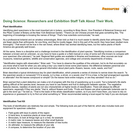
This article, part of Biodiversity Counts, provides insight into the important task of identifying plant specimens. The article includes a list of tools that are part of a botanist's field kit.
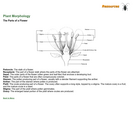
This illustrated guide is designed to help students recognize and learn the different parts of a flower. The single Web page, which can be easily printed for use at field sites, identifies these parts: plant stigma style ovary stamen anther filament petal ovule with embryo sac sepal receptacle peduncle.
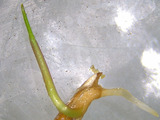
Nassella seeds germinated in water.Image credit: Fernando Agudelo-Silva

This reference list identifies six of the best herbaria housed and maintained by large research institutions and universities in the U.S. Where possible, it includes the following information for each herbarium: mailing address and phone number,Web site and email address, details about its specimen collection,whether it is open to the public or only to scientists and researchers, and the type of support offered, including whether a searchable database of its collection is available on the Web.

This illustrated guide is designed to help students recognize and learn the different parts of a flower. The single Web page can be easily printed for use at field sites.
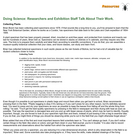
This article, part of Biodiversity Counts, takes a look at collecting plant specimens. The article discusses what tools are needed to collect specimens, how to press and dry specimens and has tips for numbering and labeling specimens.

This online article, from Biodiversity Counts, is a general-purpose tip sheet for using a dichotomous key. The article outlines a three step process using a tree as an example.
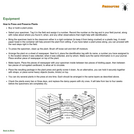
In this Biodiversity Counts activity, students learn how to press and preserve plant specimens. The online page includes illustrated instructions about how to layer and maintain pressings until the specimens have dried.

Nassella seeds germinated in water to observe germination process. Photo credit: Fernando Agudelo-Silva
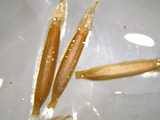
Nassella seeds germinated in water.Image credit: Fernando Agudelo-Silva
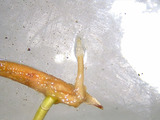
Nassella seeds germinated in water.Image credit: Fernando Agudelo-Silva
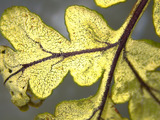
Golden back fern. Back of pinnae.Image credit: Fernando Agudelo-Silva
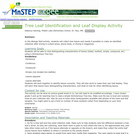
This activity is a tree leaf collection, identification, and display of dried and pressed leaves. It teaches students about distinguishing leaf characteristics as well as a way to display and label their collection.
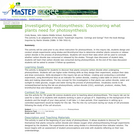
In this inquiry lab, students design and conduct simple experiments using elodea and Bromothymol blue to determine whether plants consume or release carbon dioxide in the process of photosynthesis. Students will record their data which will be used to conclude whether carbon dioxide was consumed or released by the elodea.
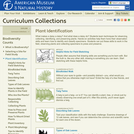
This unit on plant identification helps students prepare for their fieldwork by developing their observational skills and introducing them to resources that will help them with plant identification. It's designed to be completed in five or more sessions and has comprehensive curriculum materials information for teachers, including overviews of binomial nomenclature and dichotomous keys. Additionally, a guide to finding local specialists is available online. There are optional activites and information on supplemental resources available on line.